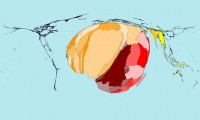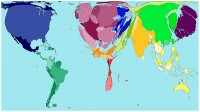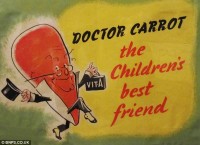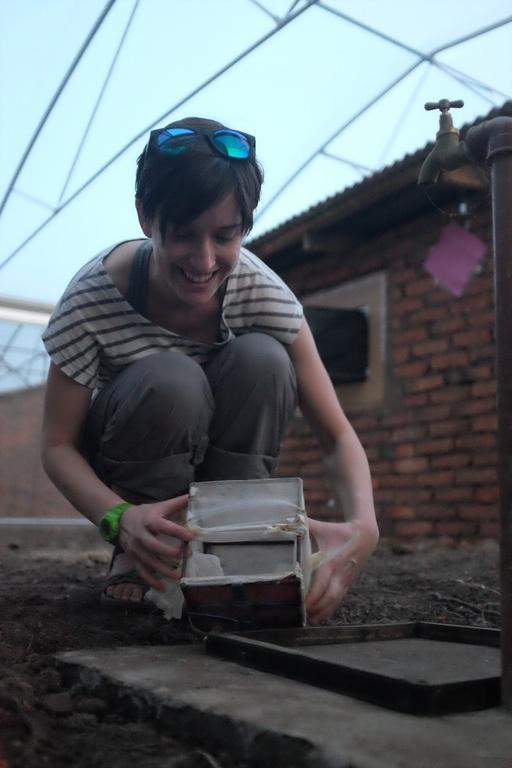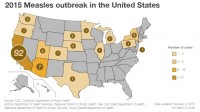I just read a paper that made me stop and think about the impact of population growth and urbanization on malaria vectors. Putting numbers on a problem is sometimes quite shocking.

from http://www.indiaspend.com/investigations/urbanisation-sounds-great-but-who-has-the-money-to-fund-it
(Quotes from Fighting malaria in India, V.P. Sharma, 1998, Current Science vol 75, no 11, 1127-1140).
“India’s population stood at 361.1 million (1950) and life expectancy at birth 32.1 years (1950-51). Improved economy, food production and better health delivery gradually increased population to 915.9 million (1995-95) and life expectancy at birth to 60.8 years (1992-93).”
This means India’s population almost tripled in 50 years, and with people expected to live nearly twice as long.
“This unprecedented increase in population is resulting in shortages in almost all areas of basic infrastructure. Some of these have direct influence on the breeding of vectors, e.g. settlements in unhealthy and low-lying areas and poor housing enhancing mosquito bites, piped water supply in the rural and urban areas promoting vector breeding inside houses and in the peri-domestic surroundings, water shortages leading to storage practices which become breeding grounds, and enormous breeding potential being created as a result of increasing colonization and poor sanitary standards. Urban malaria has emerged as a major ecotype comprising malaria in the towns (75 million population) and in peri-urban areas (75 million population).”
Urban populations are projected to reach 590 million by 2030, an increase of nearly 800% in about 30 years.
As of 1998 nearly 40% of India’s population was living below the poverty line. Today it’s around 25%, but increasing again especially in cities as urban populations grow. As I’ve pointed out in a previous post, malaria is largely a disease of poverty. We need cheap fixes for vector control, STAT.

